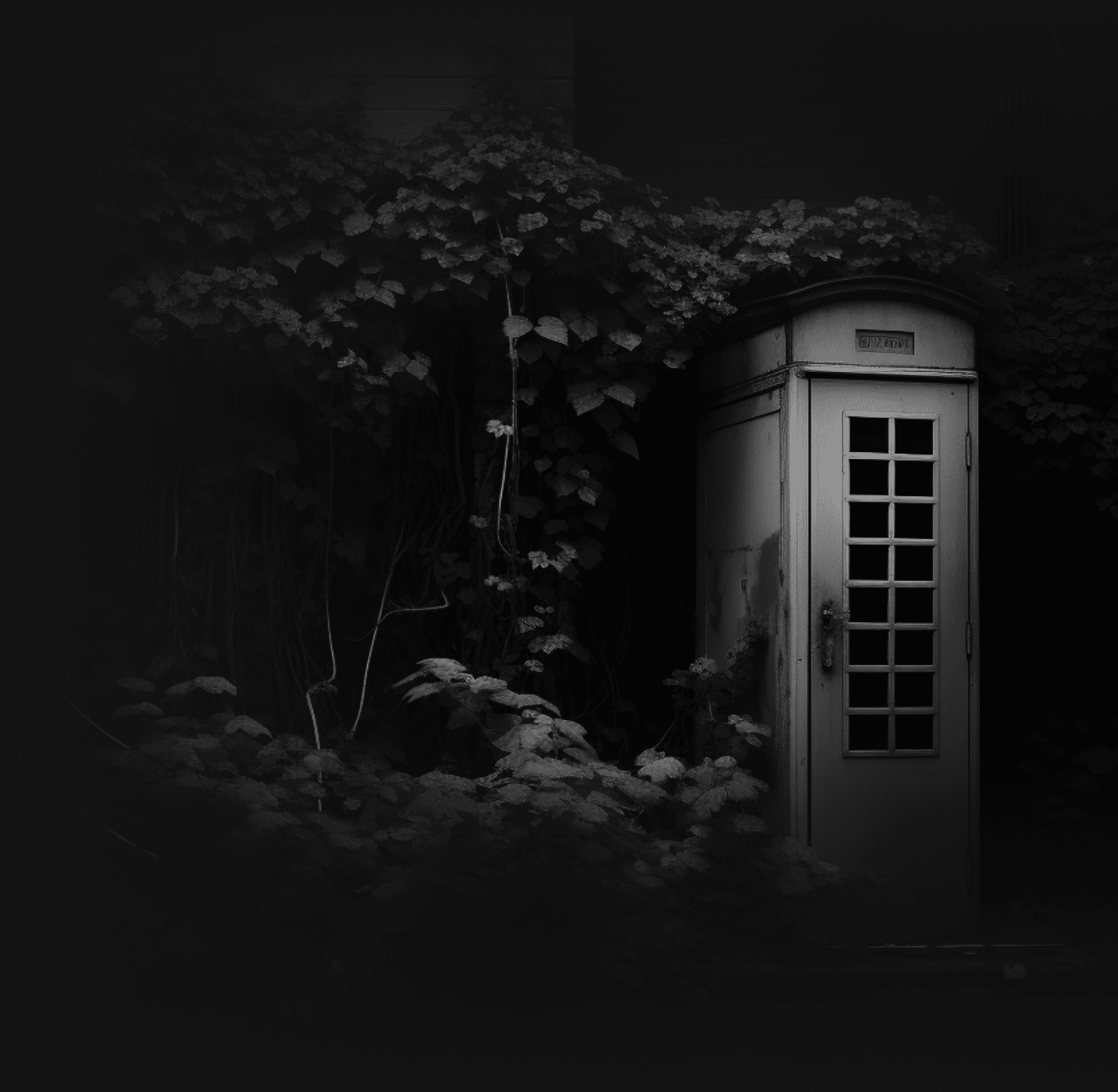
Strategy overview
The project constituted extensive enabling works including site clearance, multiple invasive plant species, hazardous materials, critical services, and industrial scale fly-tipping.
Japanese Knotweed Solutions (JKSL) employees demonstrated a wide range of competencies, including managing site and subcontractors for the duration of the works, installing fencing, scanning for underground services, chainsaw and tree works, mechanical invasive species remediation, applying pesticides and acting as plant operators, slingers and banksmen.
These complex, large-scale works were completed on time in June 2022, to a tight schedule, for a project value just under £190,000.
Background
The works were part of an overall £6bn regeneration project, and involved preparing the site for comprehensive infrastructure works valued at over £170m, which include developing public open space, services and utilities, thoroughfares and transport links.
The site was an extensive, uniquely challenging brownfield site, contaminated with huge quantities of fly-tipped waste, contaminated soils, asbestos and invasive plant species and with significant constraints due to highly-sensitive underground services, a pylon and high-voltage overhead cables, an adjacent watercourse and active highway, potential nesting birds and public access.
Prior to submitting the comprehensive tender bid, JKSL carried out a full site survey, which found dozens of areas of giant hogweed (GH) and Japanese knotweed (JK) covering large areas. An Invasive Species Management Plan was produced along with several detailed survey drawings.

Management of Site Constraints
Soil sampling revealed hazardous waste, including asbestos, in some of the JK-contaminated soils. Working methods were devised to factor in site constraints including hazardous soils, and certain “no-dig” areas were designated, where invasive species would be left in situ.
Works were in scope of the CDM regulations and the client’s Principal Contractor (PC) provided site security personnel and welfare facilities. JKSL produced detailed safety documents, including RAMS, lifting plans and permits to dig for the safety file.
All staff and subcontractors undertook a site-specific induction from the PC and JKSL delivered daily briefings to prepare for specific tasks, safety issues and other matters arising.
Prior to works, the site was accessible in various locations, so JKSL installed approximately 450m of security fencing around the site boundary to prevent unauthorised access. Additionally, over 400m of fencing and signage was installed to manage overhead and underground services and restrict the use and movement of plant in certain parts of the site.
Before JKSL could begin works on site, rigorous biosecurity measures were implemented to ensure cross contamination did not occur, including fencing, signage, boot washes and the decontamination of plant at specific locations and certain specified junctures during the works. Receptor areas for invasive species were cleared of waste and detritus and lined with root barrier membranes, which were welded together to provide a one-piece cover.
The permit to dig system included prohibition on digging in certain areas, no plant within 16.5m of the on-site pylon and excavation depths limited to 500mm in areas close to the river wall. Because of major critical water mains buried on site and the use of heavy plant including multiple 22-tonne excavators and 25-tonne dumper trucks in sensitive areas, JKSL created crossing points to exacting specifications in line with an approved temporary works design provided by the PC.
Vegetation was cleared from locations marked by a specialist engineer, and topsoil removed. Imported hardcore material was laid and a specific laminated hardwood matting product was transported and installed by JKSL’s excavator drivers to create the crossing point.
Large amounts of vegetation clearance was undertaken during bird nesting season, so JKSL contracted a specialist ecologist to address any potential issues and confirmed there were no tree protection orders in place.
The ecologist worked with JKSL’s Site Manager to supervise all clearance and tree works. Methods were devised to enable the use of heavy plant within clearance areas while avoiding potential damage to ground nesting birds and all trees were inspected prior to felling, and the works overseen by the ecologist to ensure that no nesting birds were present.
Asbestos-contaminated soils were left undisturbed wherever possible, with some invasive species areas designated “no-dig” areas. JKSL appointed a specialist asbestos subcontractor to monitor air quality whenever there was potential to disturb asbestos-containing materials (ACMs), to ensure ACMs were not disturbed, to plan and monitor works with asbestos and to remove ACMs found during works. Corrugated asbestos cement was found both in rubbish being cleared and within JK-contaminated areas. The subcontractor fenced off areas, hand-picked and removed the ACMs.

Clearance Works
JKSL carried out vegetation clearance and felled several mature and semi-mature trees with the assistance of a tree works subcontractor using an excavator fitted with a tree shear. Works in restricted areas near overhead services and the highway were carried out by qualified chainsaw operatives. Arisings were processed on site, with brash chipped in situ and core wood stockpiled together.
JKSL cleared materials using 21t excavators to load 25t dumper trucks. Each excavator bucketful was assessed prior to loading to ensure that it did not contain asbestos and larger items were extracted manually into a separate stockpile.
Areas of JK and GH were excavated and relocated along approved haul routes to JKSL’s prepared receptor areas, with separate stockpiles created based on the type of material, soil classification (hazardous, non- hazardous, inert), and invasive species. All non-contaminated rubbish was moved to an area of hard standing where it was segregated and stockpiled in separate waste streams to be removed at a later date.
Herbicide application was carried out to the JK and GH left in-situ in the “no dig” areas, with a follow-up herbicide application to GH carried out six weeks later.
Completion
Excavations were graded off to a safe angle, temporary receptor areas were weathered and stockpiles were marked with signage. All equipment was decontaminated for a final time, fencing was disassembled and all equipment was removed from site.
The site was handed back to the PC along with suitable completion report, documents and photos and information for the project safety file.
Before Photos



